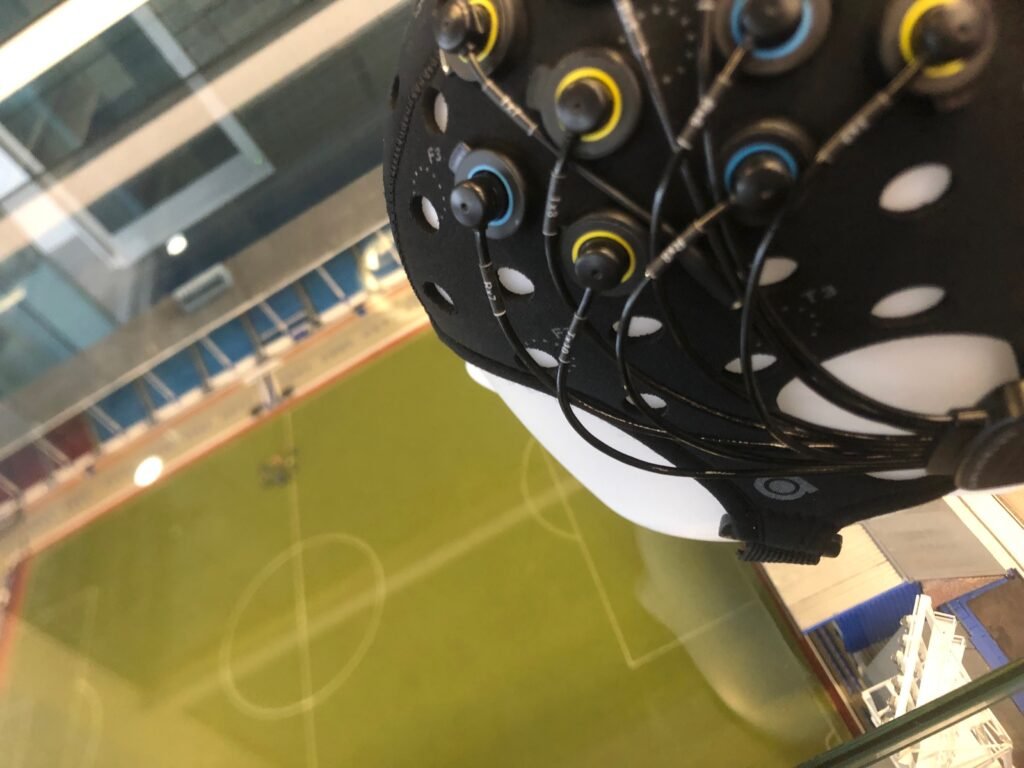#fNIRS - How to get started? Have a look and add your favourite resources for beginner's! 1/11
A great way to start is the two-day intensive fNIRS training course on advanced data analysis and experimental design by Ted Huppert. The presentations (huppertlab.net/publications-2…) and recordings (huppertlab.net/publications-2…) are available on his lab website. 2/11
This course is the way to go for everyone looking for a mixture of fNIRS theory and hands-on lectures in the NIRS BrainAnalyzIR toolbox (aka NIRS toolbox). 3/11
Another option is the Homer2/3 fNIRS course given by @BoasDavid and his team: openfnirs.org/training/homer…. This option is not free, but really speeds up the learning curve. Further, the forum on openfnirs.org/community/ is a great place to ask for help. 4/11
The YouTube channel from Jonathan Perry has playlist on the NIRS Brain AnalyzIR toolbox (youtube.com/playlist?list=…) and Homer2 (youtube.com/playlist?list=…) with a lot of live coding examples in Matlab. 5/11
For everyone familiar with Python the @mne_python based MNE-NIRS package (mne.tools/mne-nirs/stabl…) in combination with two @Nirx webinars by @rob__luke are a great way to get started. Part 1: & Part 2: . 6/11
The Society for functional Near Infrared Spectroscopy (@SfNIRS) also has a lot of educational materials on their website: fnirs.org/events/educati… including an introduction to the basic principles of fNIRS and more advanced topics. 7/11
@Artinis_MS recently published a blog post series on the strengths and specialisations of different fNIRS toolboxes: artinis.com/blogpost-all/2…. This blog post series is worth a read especially if you haven't yet decided on an analysis software. 8/11
The @artinis YouTube channel also has an introduction to fNIRS covering basic physiological concepts and challenges associated with cognitive task designs such as stimuli presentation and more: 9/11
Looking for an fNIRS Bootcamp? @shannon47burns can help: youtube.com/channel/UCDY0r…. It's not for nothing that the fNIRS Bootcamp is one of the most watched video series in the field of fNIRS on YouTube. 10/11
Have fun and add your favourite resources to this thread! 11/11
Join the fNIRS analysis club 👉fnirsanalysisclub.org
• • •
Missing some Tweet in this thread? You can try to
force a refresh





